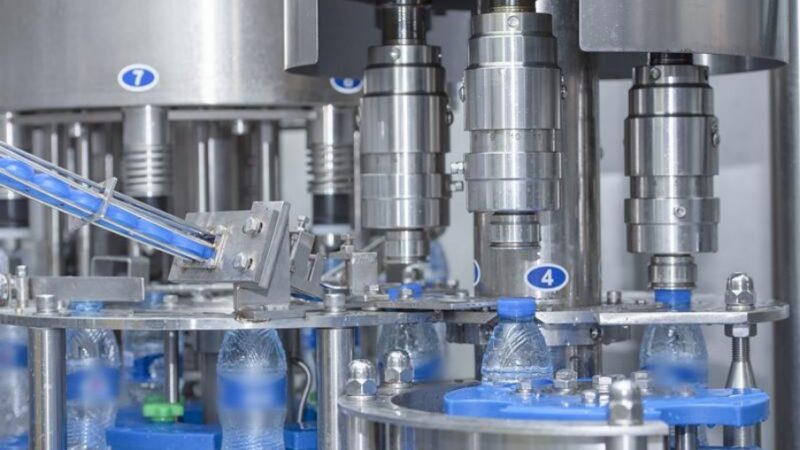What Is an Elevator Inspection?

Did you know the United States has over 700,000 elevators? Without elevators, we wouldn’t have skyscrapers so they’re a crucial feature of modern buildings.
As with anything mechanical, it’s important to ensure that a building’s elevators are running safe and smooth. How does that happen?
A regular elevator inspection! This article will tell you what you need to know to answer your question, “What is an elevator inspection?”
Elevator Audit or Inspection?
An elevator audit and inspection are two different things. Unlike an inspection, an audit isn’t required but most building owners get them anyway.
An audit gives a building owner an understanding of the elevator’s condition and the history of inspections and service. Performing an audit helps a building owner make improvements by noting deferred or missed services. Then the owner can make the proper corrections.
Services like Auditmate help owners keep track of their elevator maintenance. This helps them avoid missed maintenance services that could jeopardize elevator safety.
Elevator Inspection
A building elevator inspection is a hands-on service performed by a trained elevator technician. An elevator inspection checklist shows the extent of the inspection. What’s covered?
- The machine room
- The pit
- Inside the elevator car
- Outside the car
- Top of the car
For each point on the list, the inspector makes several checks. The inspector makes note of anything that’s not working the way it should.
The Machine Room
In the machine room, the inspector ensures the oil levels are good and the systems have proper lubrication. He’ll remove any objects blocking access to the equipment and ensure enough headroom for maintenance workers. The technician also checks the electrical wiring for signs of any defect.
The Pit
The pit is the open area at the bottom of the elevator shaft. The technician checks for water, dirt, and debris and makes note of any signs of damage on the elevator car frame. He’ll also check that the area has proper access and necessary clearance.
Inside the Elevator Car
The technician ensures the doors are working properly without obstruction. He checks for damage on the handrails, ceilings, and walls and replaces any broken lights, including control panel lights. The tech checks the emergency phone to ensure the connection between the elevator and the fire department or 911 services.
Outside the Elevator Car
The tech inspects the door panels and replaces any broken door lights. He’ll also test the fire alarm system. Elevator testing also includes calling the car and sending it to different floors.
Top of the Elevator Car
Here the tech checks for cable damage and tests the brakes. He inspects the brake mechanism and ensures that making an emergency exit is possible. Inspection of the hoistway is also done to check for any signs of vandalism or other issues.
The Importance of an Elevator Inspection
An elevator inspection is a crucial part of keeping an elevator running safely. States regulate elevator inspections and require them on a regular basis. Next time you step into an elevator, you can rest easy knowing it gets a regular inspection.
Looking for more information, advice, and helpful articles? Find more on the blog!







